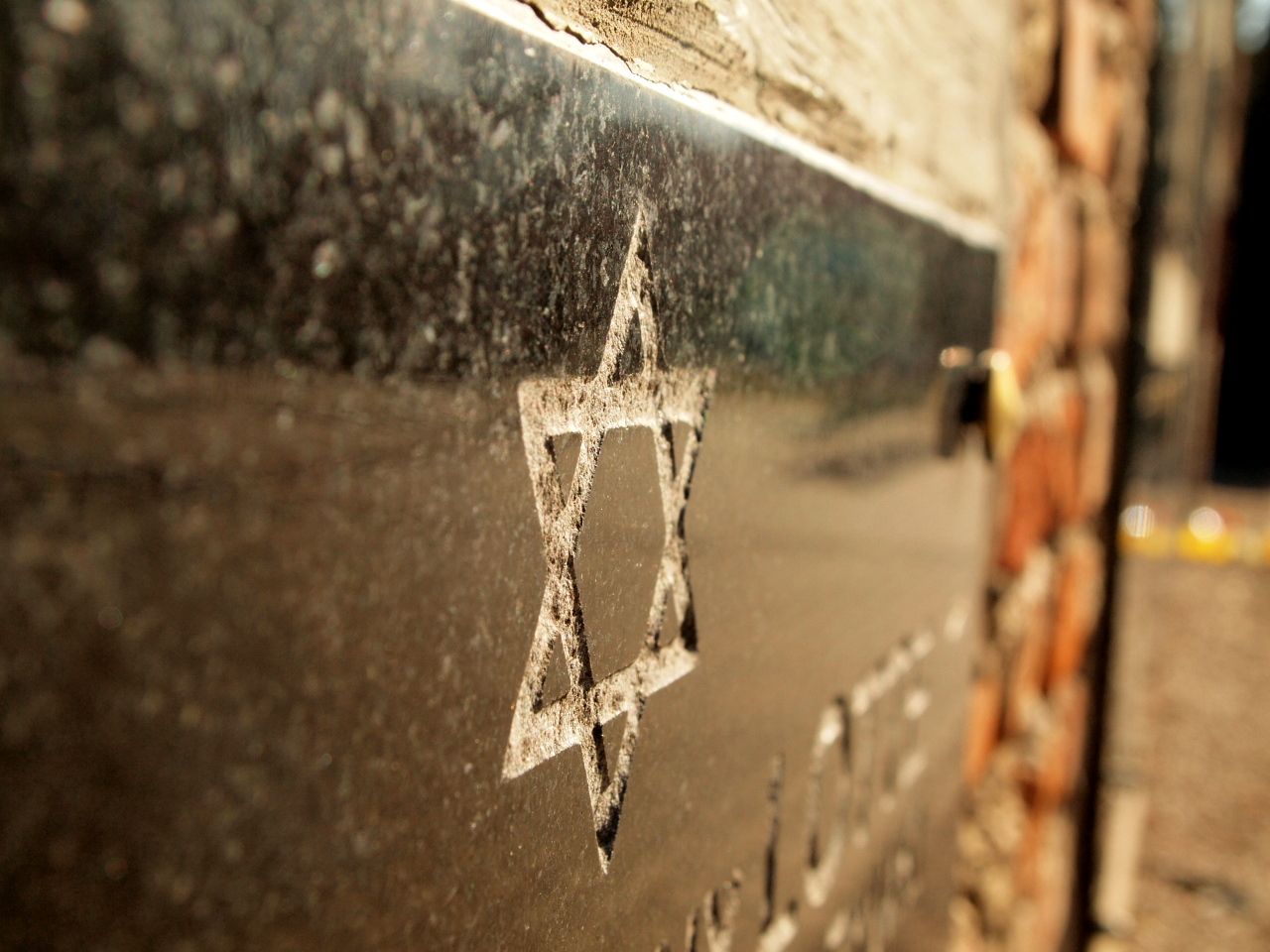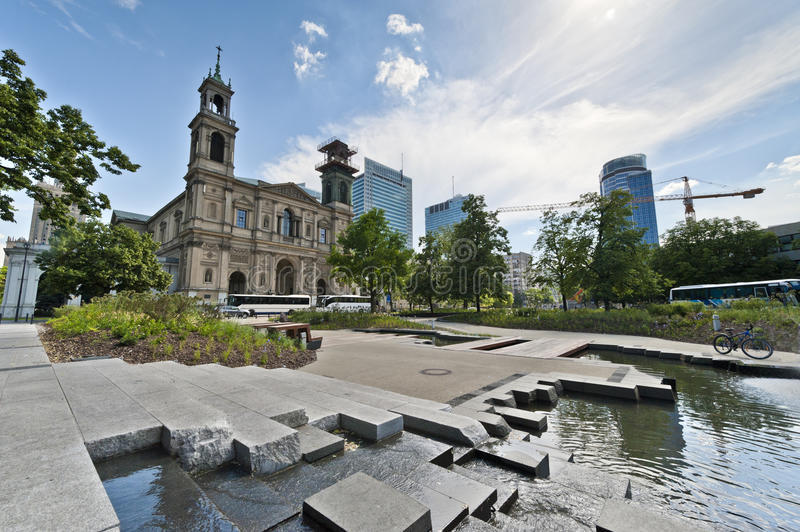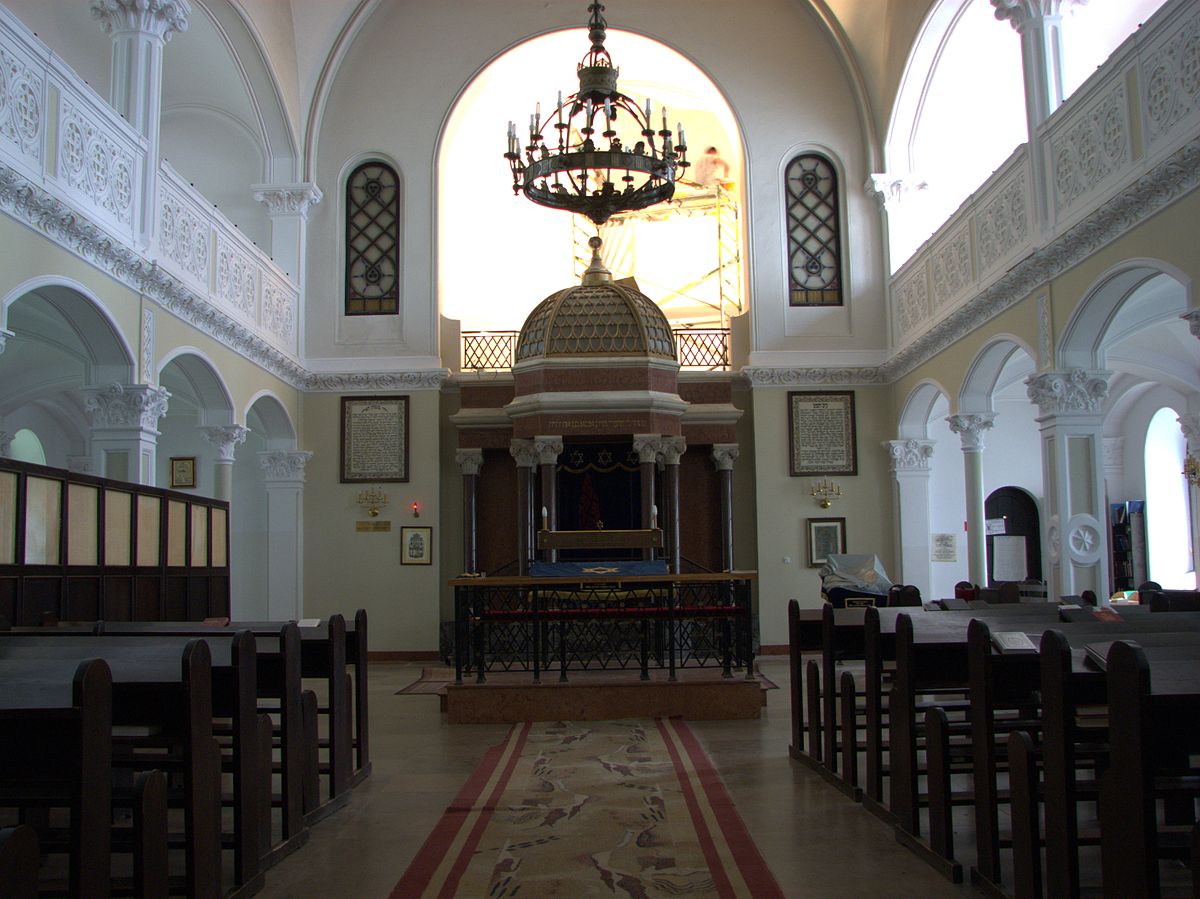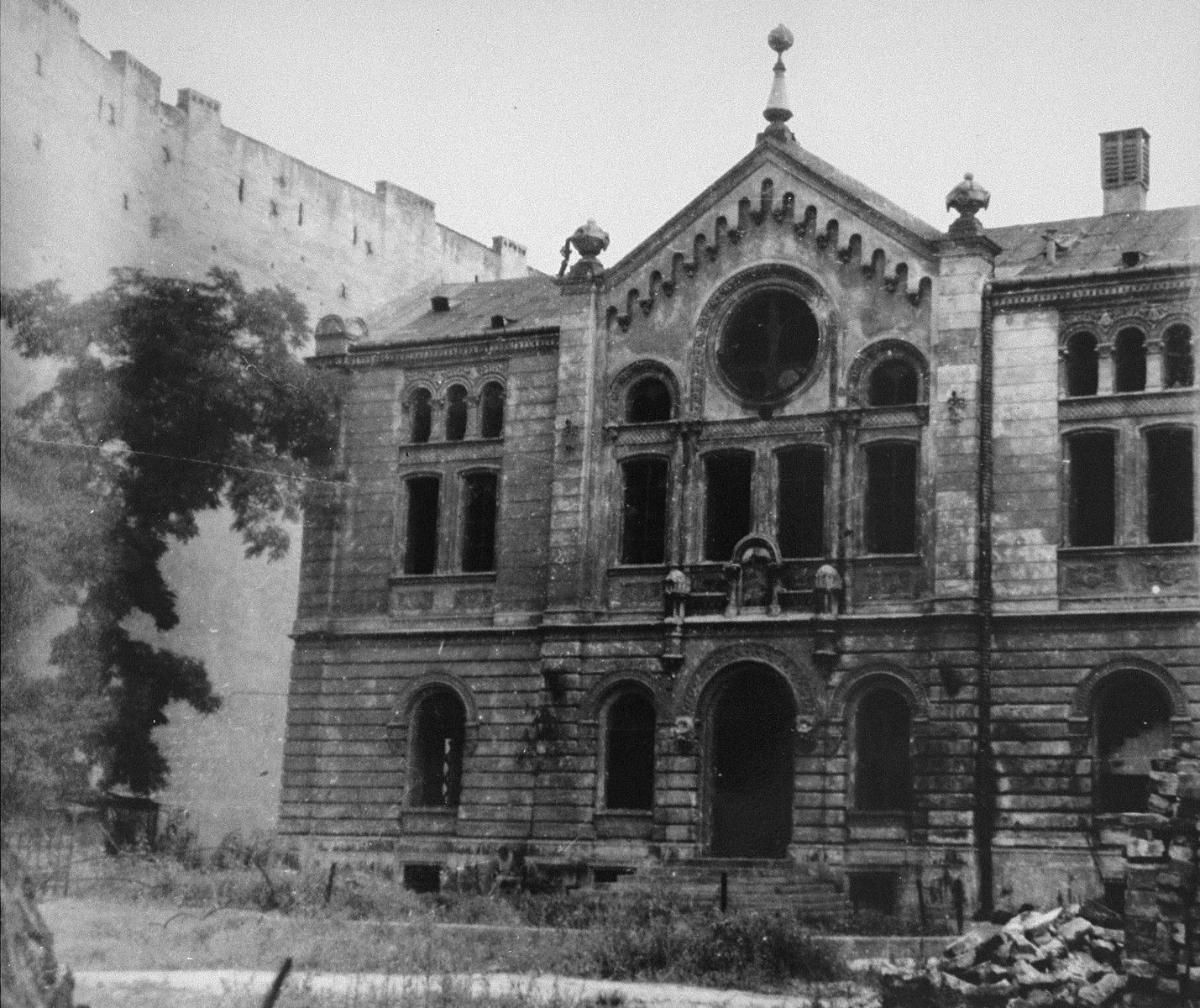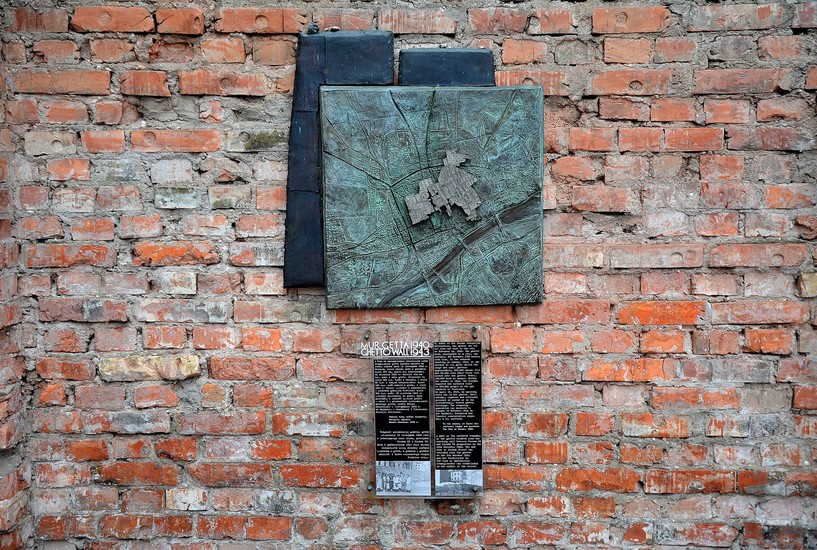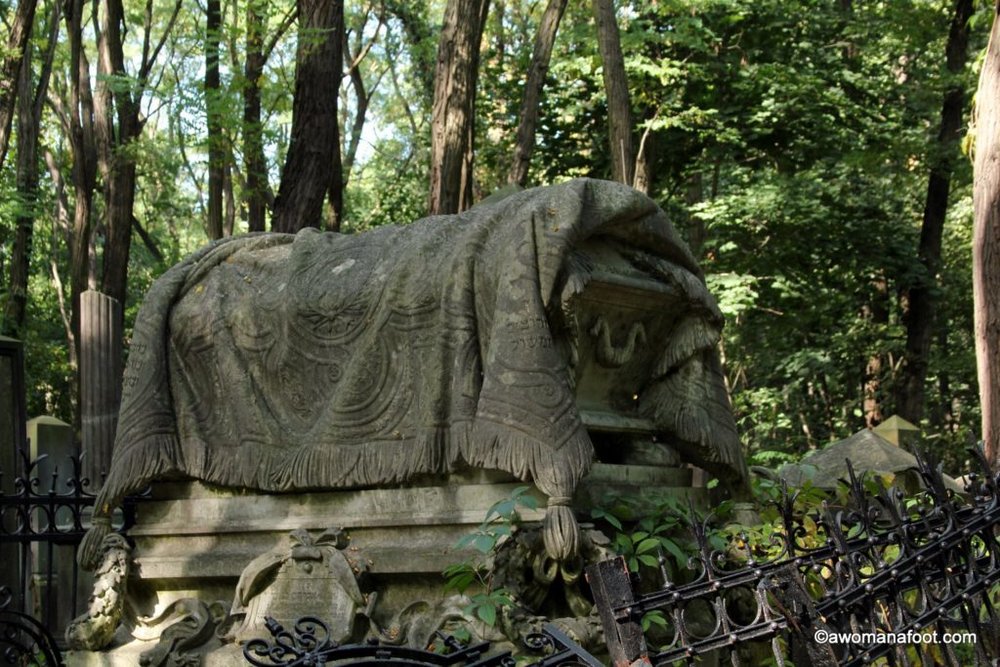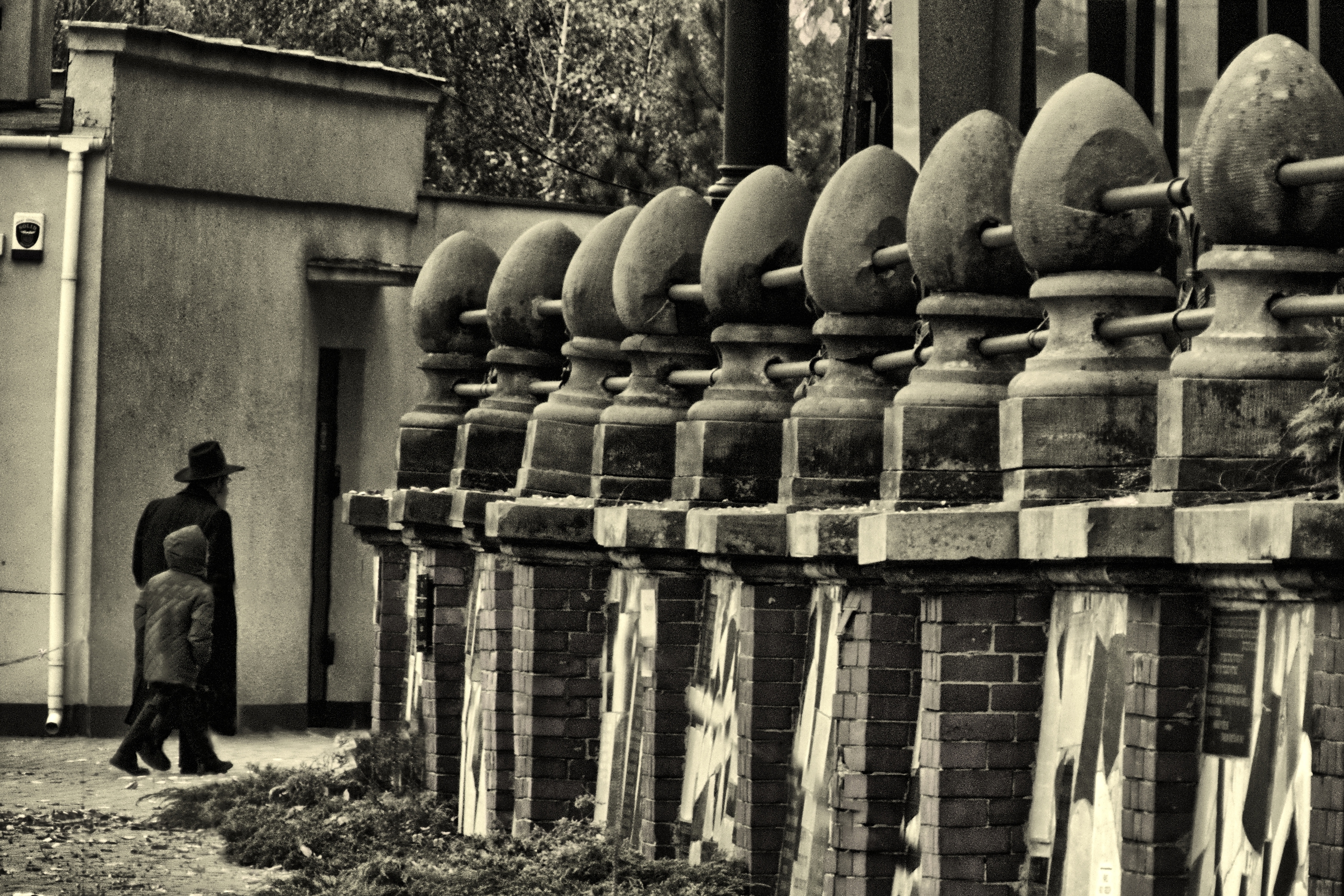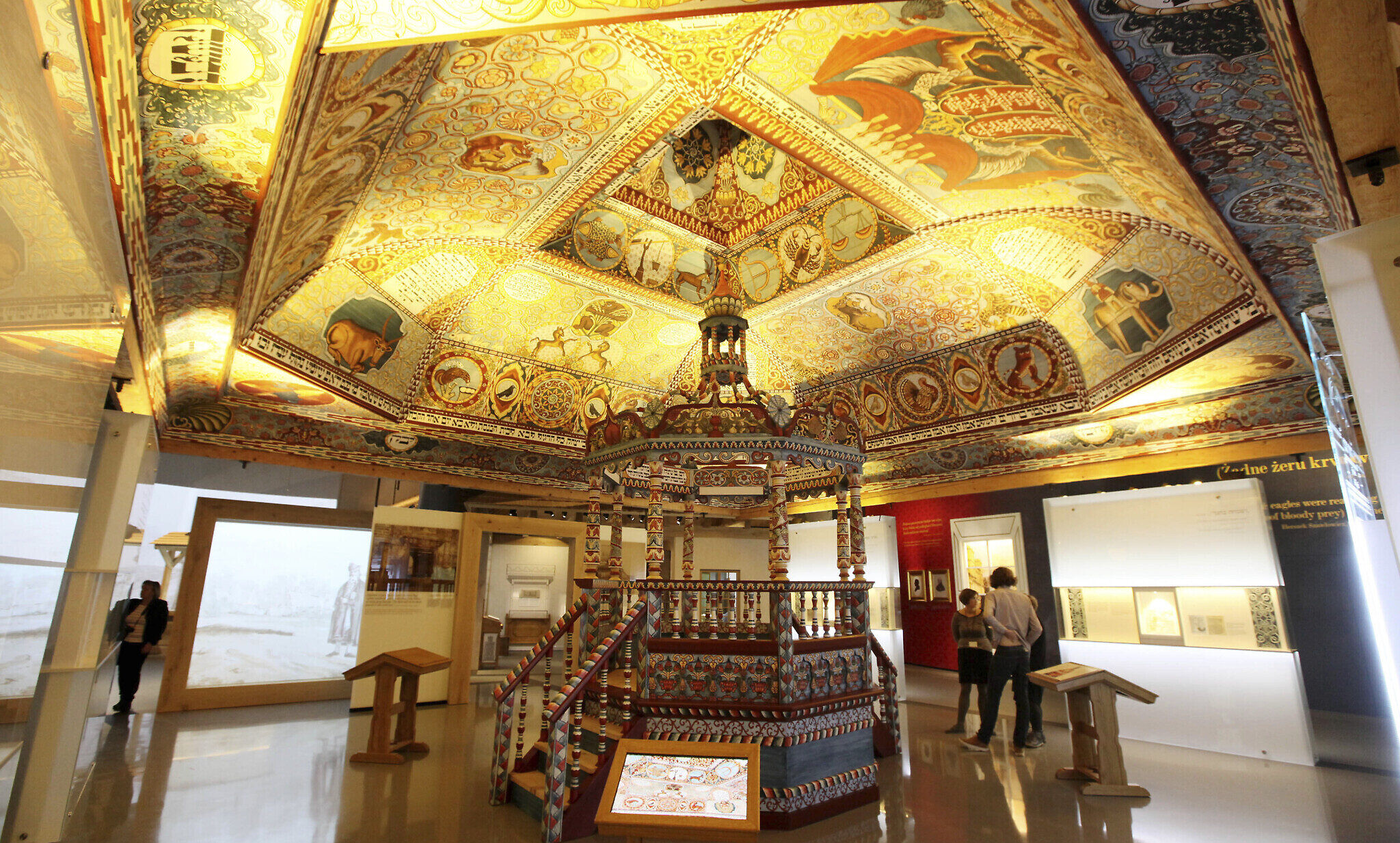Jewish Warsaw heritage – explore the history of the local Jewish community
 Photo permit included
Photo permit included
 Tour by public transport
Tour by public transport
 Canal Boat tour included
Canal Boat tour included
 Train tickets included
Train tickets included
 Suitable for little children
Suitable for little children
 Wheelchair accessible tour
Wheelchair accessible tour
 Museum ticket included
Museum ticket included
 Light snack included
Light snack included
 Lunch included
Lunch included
 Transportation included
Transportation included
 Walking Tour
Walking Tour
Warsaw was home to more than 400, 000 Jews before World War 2 and it was the most important Jewish center in Europe. Shortly after the German invasion of Poland in September 1939 all of them were confined to an area of the city that was little more than 1 square mile. On this tour, you will visit all the remaining places reminding us today about Jewish life in this city from the past to our days.
What's included
- Pick-up and drop-off
- Professional licensed guide
- Transportation in a private vehicle
- Entrance tickets
- All fees and taxes
- Food and drinks
Highlights
Itinerary
09:00
Your guide will pick you up from your hotel.
In the first part of a day, you will visit Grzybowski Square and Nożyk Synagogue (one and only to survive WWII), fragments of the Ghetto wall, footbridge monument on Chlodna street & house of Adam Czerniakow.
You will have time to have lunch.
After lunch, you will visit The Okopowa Jewish Cemetery and the main exhibition of the Museum of the History of Polish Jews POLIN.
The driver will take you back to your hotel or another place you are staying.
